Winter Tree ID Walk Recap – Discovering the Secrets of Dormant Beauty
By Duncan Coleman, Wildlife Ranger at Trentham Estate
In the world of trees, the vibrant hues of deciduous leaves in the warmer months act as nature’s signature, making species identification a breeze. However, as winter descends and our native deciduous trees gracefully shed their leaves, the task becomes a bit more challenging. Fear not, though; armed with keen observation skills, you can unlock the secrets of identifying trees during the winter months.
When participating in our recent Winter Tree ID Walk, we delved into the fascinating realm of winter tree identification. Let me share some quick and simple tips for identifying three of the most common UK tree species without their lush greenery.
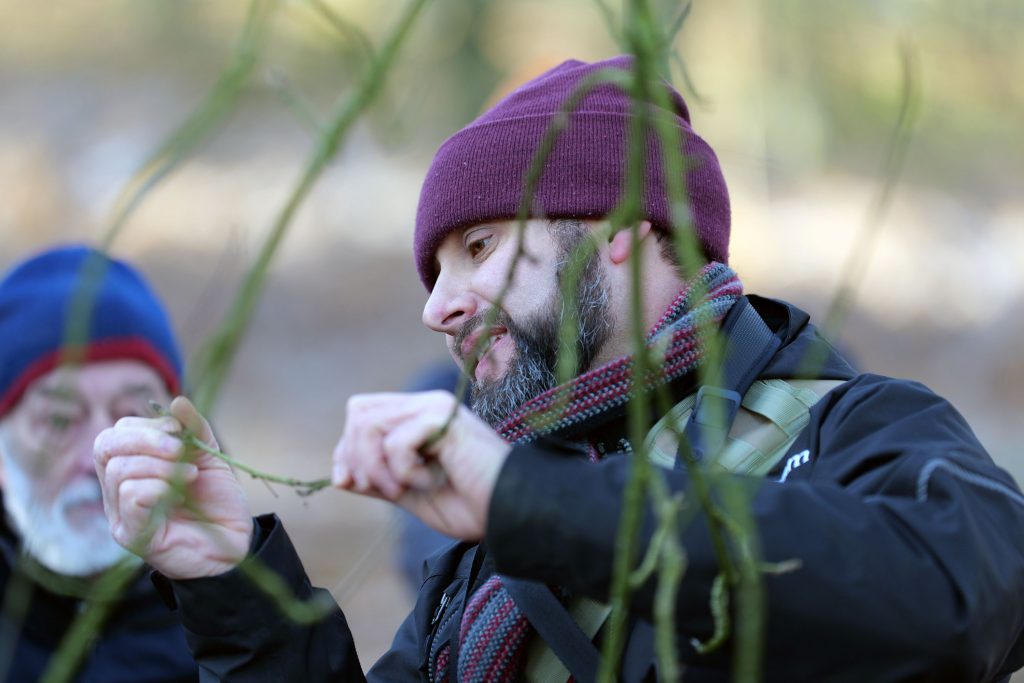
Ash (Fraxinus Excelsior)
Ash, known for its compound leaves in warmer months, transforms in winter with distinctive pitch-black buds arranged in an opposite fashion. Its smooth grey bark in youth evolves into uniformly fissured grey bark in maturity, accompanied by a straight trunk. An unmistakable characteristic is Ash’s tendency to retain its keys (seeds) in bunches over winter. Keep an eye out for this species on the Trentham Estate, roadsides, local parks, or even your garden.
Identification tips: Take a look at the buds, bark, and canopy shape. Observe the tendency of Ash to lose leaves early in autumn and gain them late in spring. Remember the old proverb: “When the oak is before the ash, then you will only get a splash; when the ash is before the oak, then you may expect a soak.”
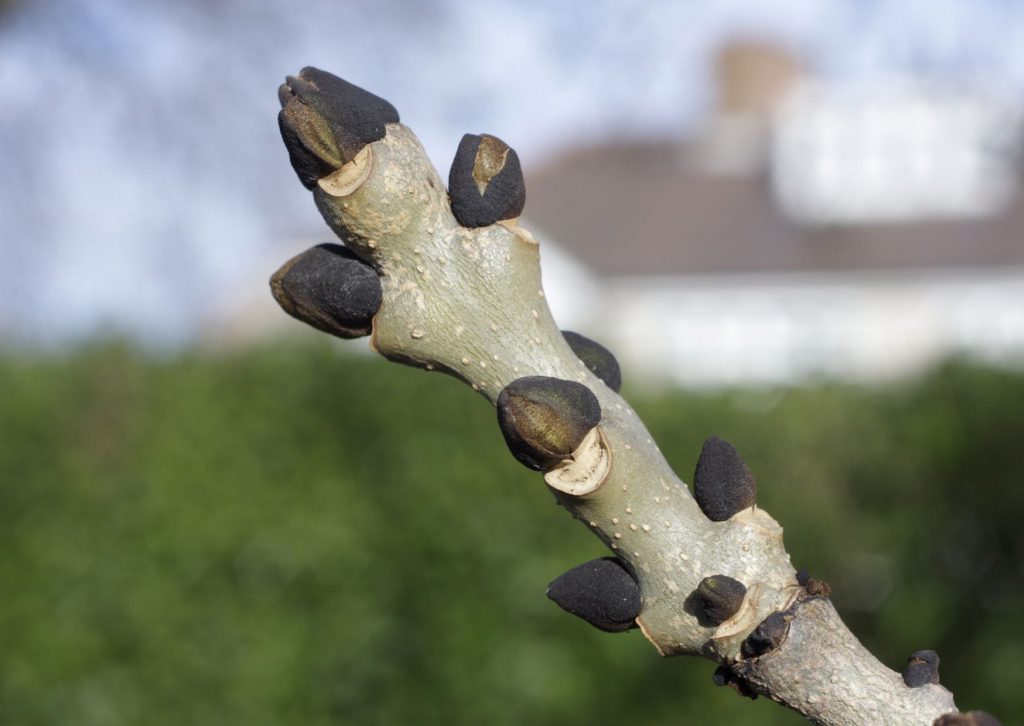
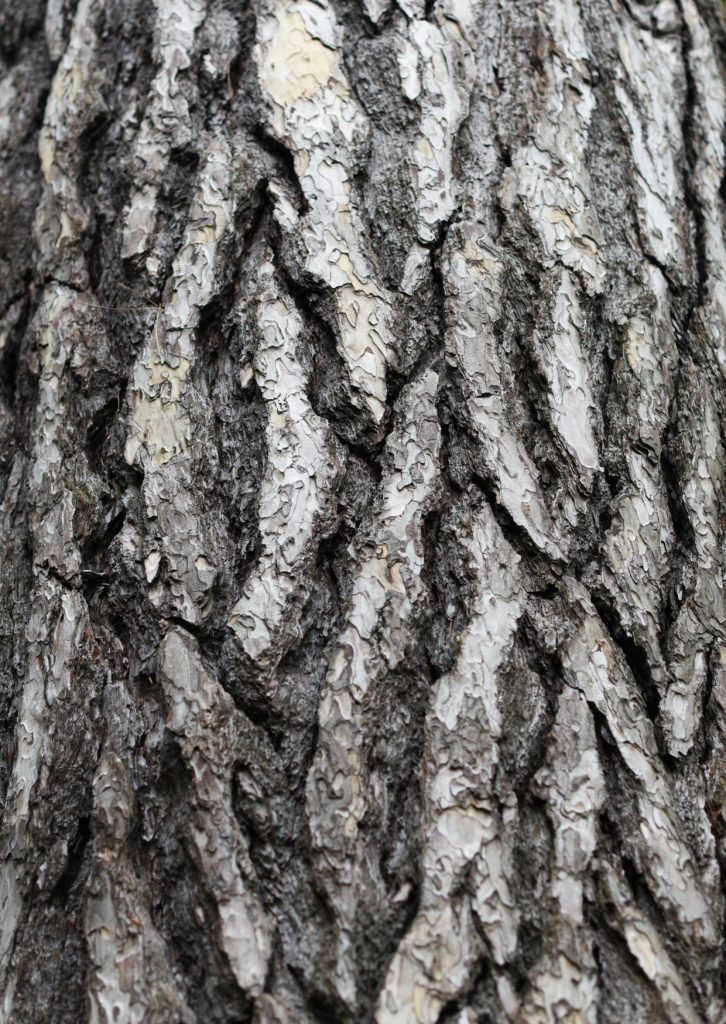
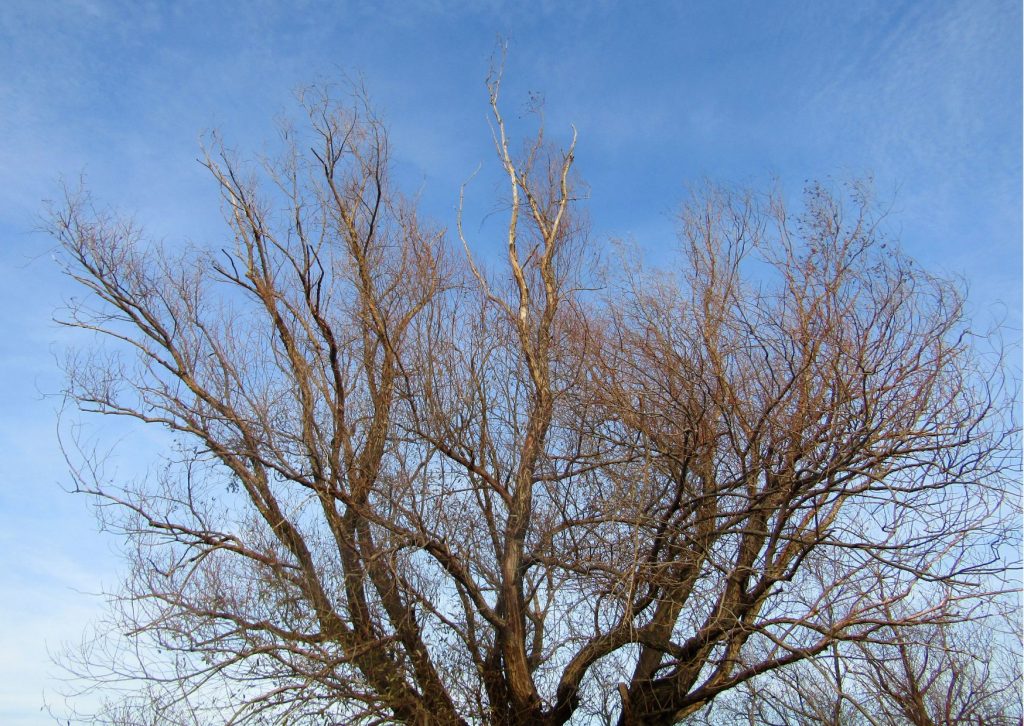
Beech (Fagus Sylvatica)
Beech reveals itself in winter with distinct brown, long, and pointy buds resembling miniature cigars. Its smooth grey/brown bark, reminiscent of elephant skin, adds to its unmistakable features. Venture beneath the tree’s canopy to discover a world of crunchy leaf litter, a signature of Beech’s heavy shade. During Mast years, Beech trees generously produce beech nuts, leaving shells scattered amidst the leaf litter or even clinging to branches.
Identification tips: Take note of the beech nuts during Mast years and the persistent leaf litter beneath the tree.
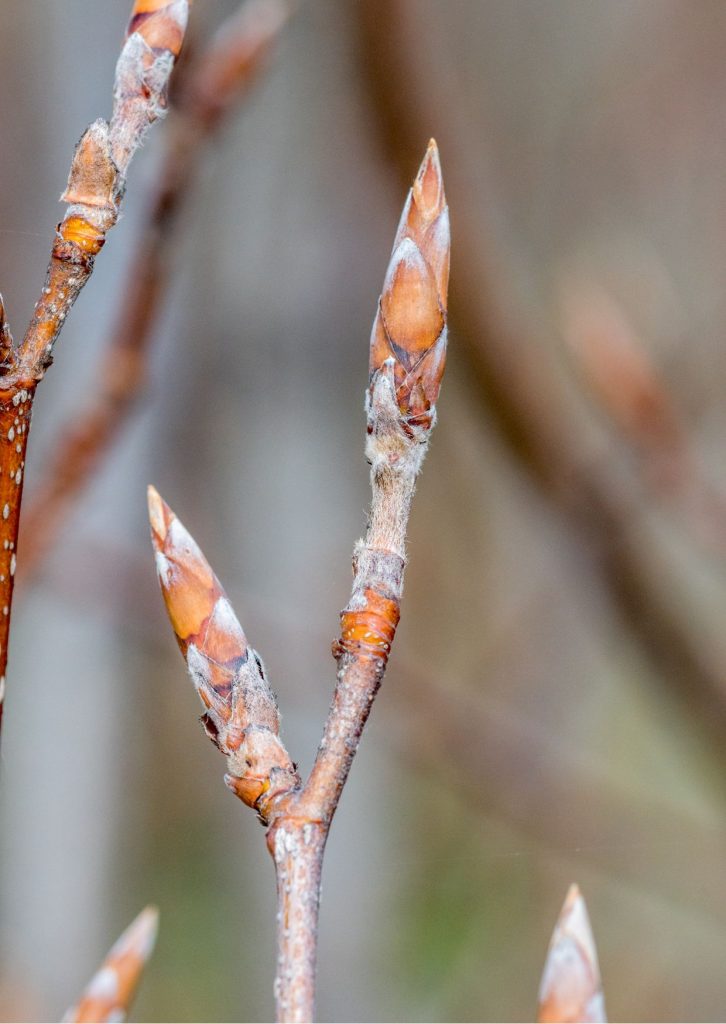
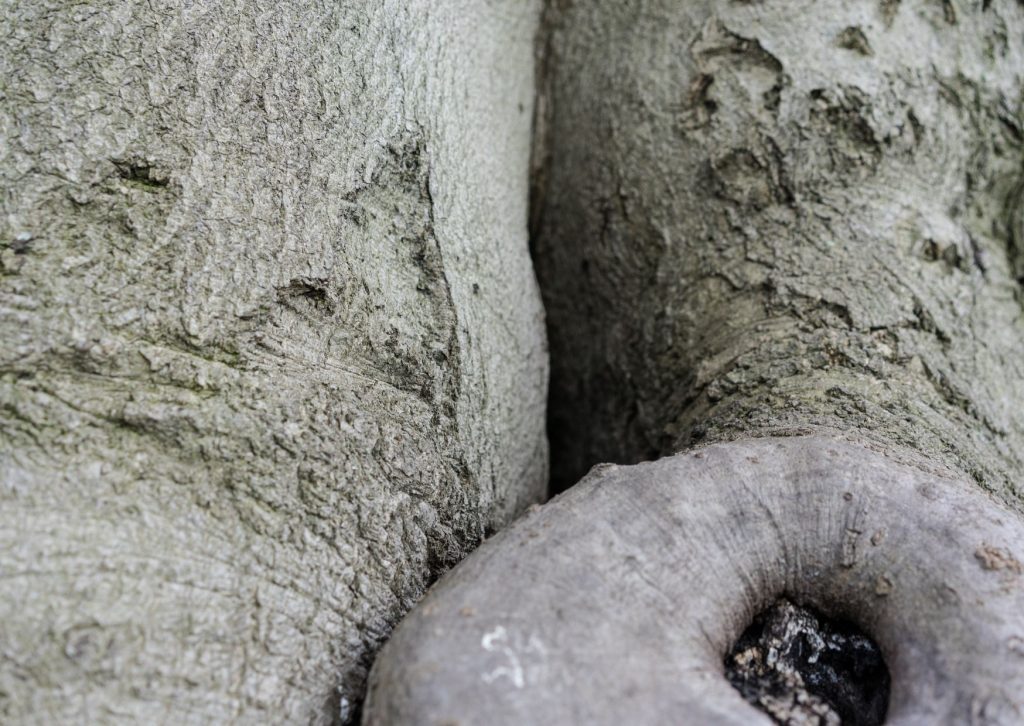
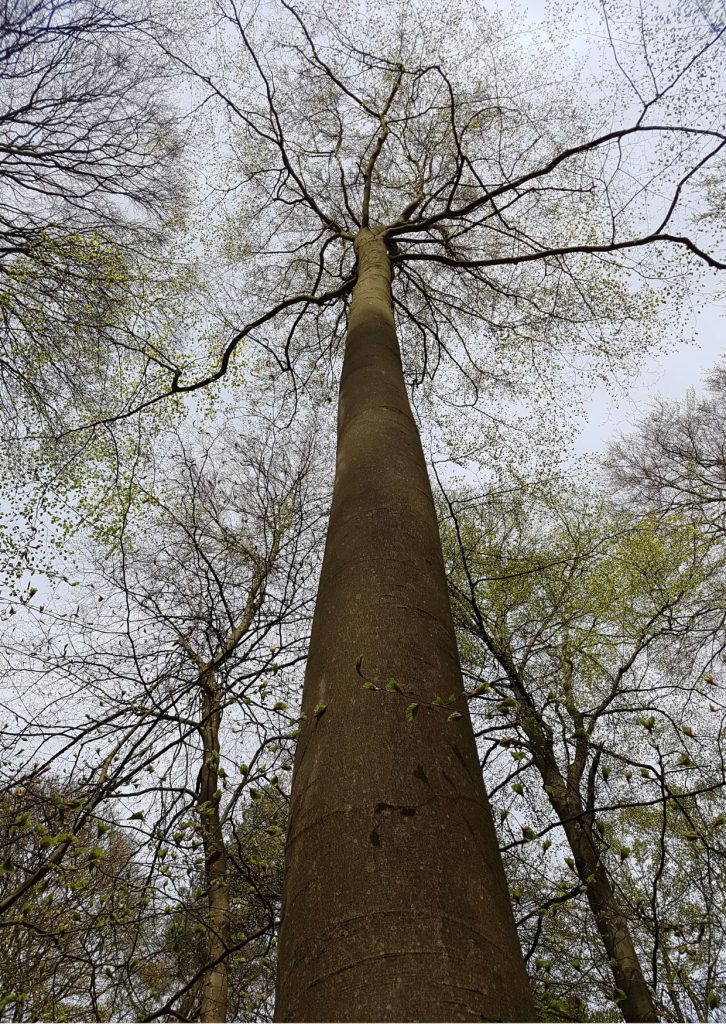
Pedunculate/English Oak (Quercus Robur)
This Oak species, more common in the UK than its Sessile counterpart, showcases small brown round buds with a slight point during winter. Notice the terminal buds, often clustered in mass, resembling those seen in Cherry trees. As the Oak matures, its bark develops into deep fissures with vertical furrows, resembling crocodile skin. Oaks typically boast a broad, rounded crown, especially in open locations. The organic, serpentine shapes and lines of their branches and limbs add another layer of identification clues.
Identification tips: Pay attention to the distinctive branch shapes and tree forms unique to Oaks.
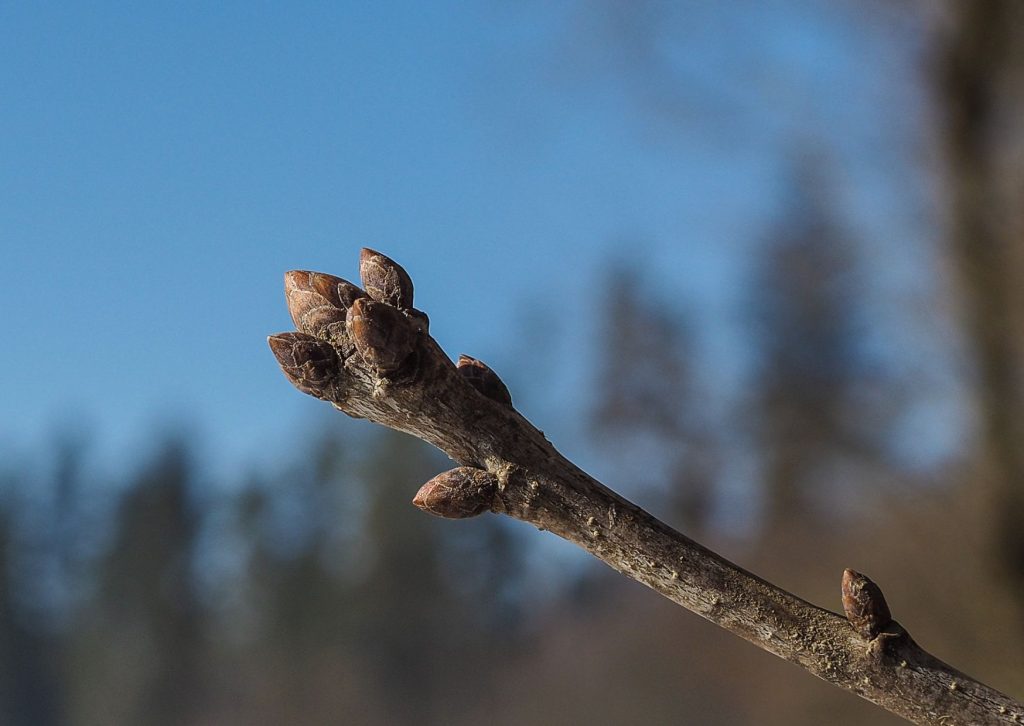
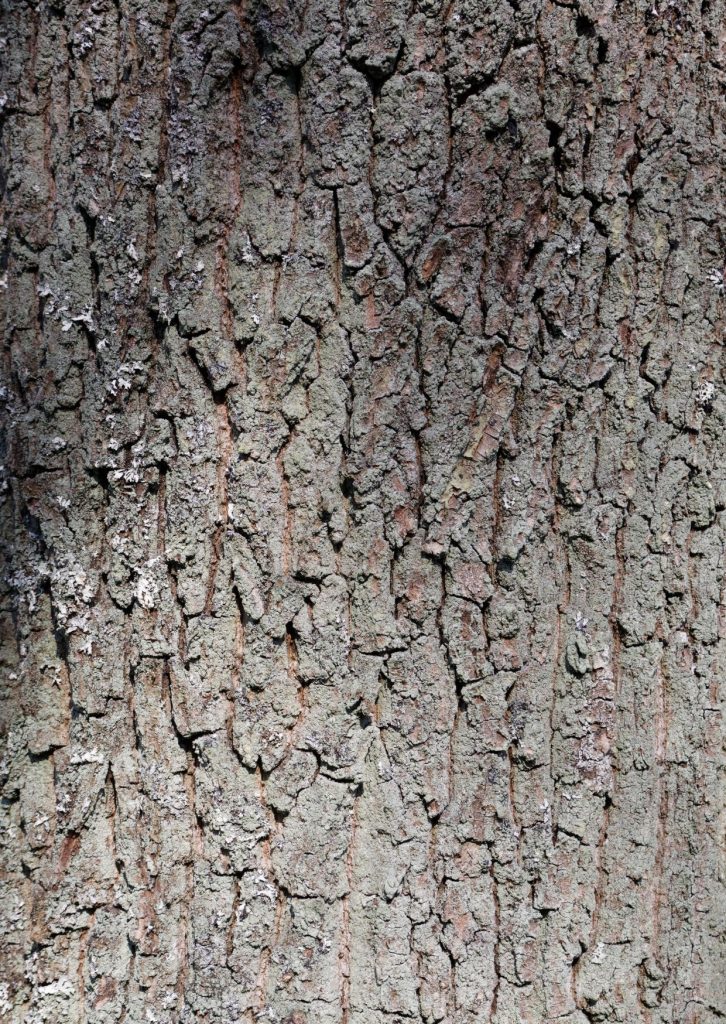
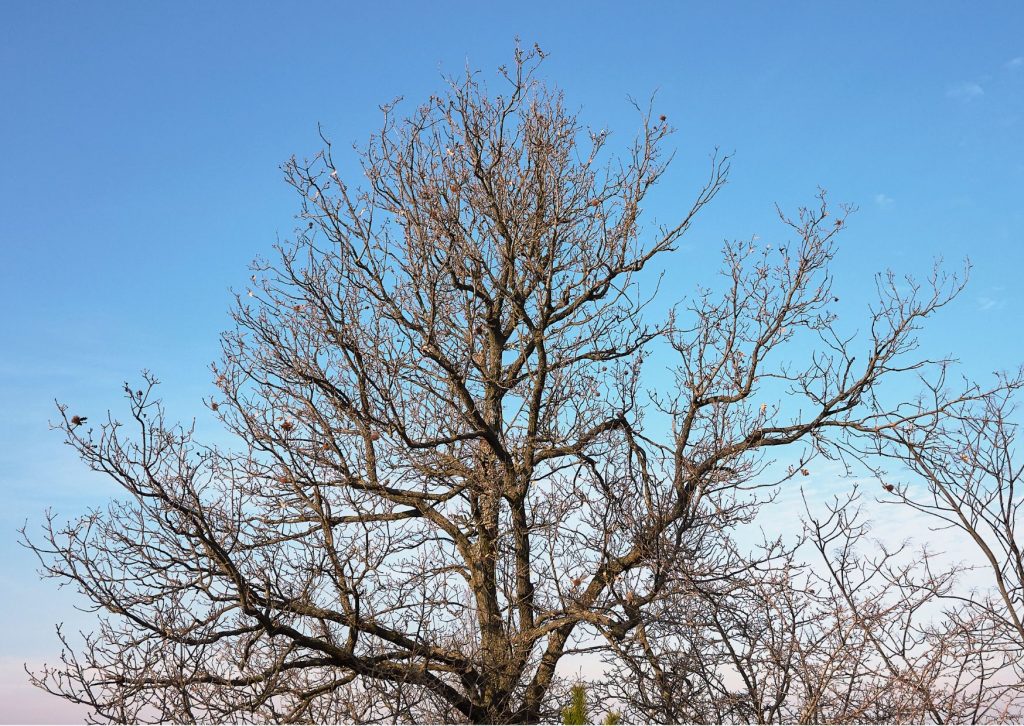
Embark on your own winter tree identification adventure, armed with these insights. Let the dormant beauty of trees in winter captivate your curiosity. Stay tuned for future opportunities to explore the wonders of Trentham Estate with our dedicated wildlife team!